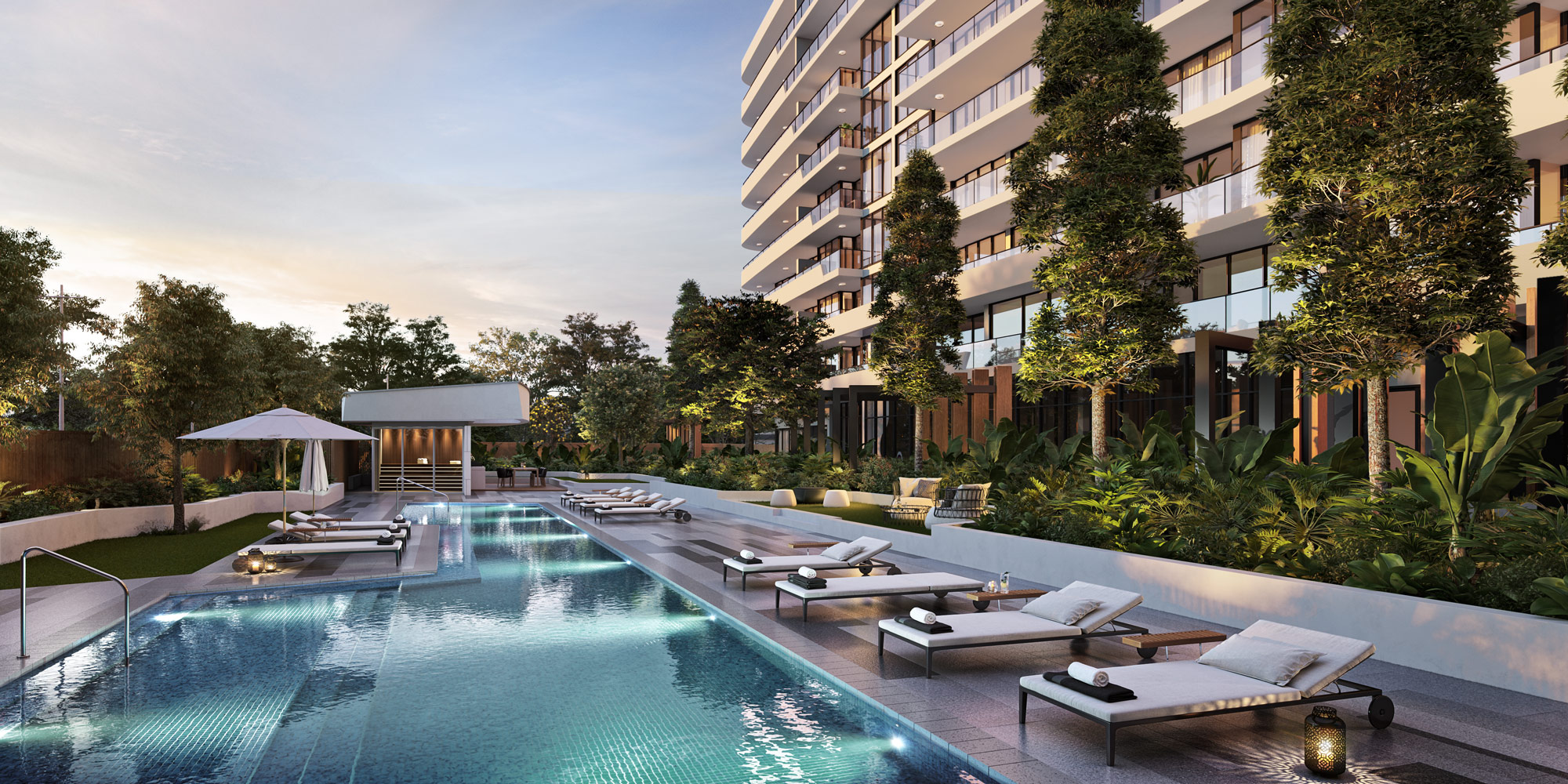Housing Hub is a fantastic online community that connects people with a disability to accessible housing options across Australia. You’ll see Accessible Homes Australia projects listed through the service, which also includes great resources for those just starting the process towards Specialist Disability Accommodation (SDA).
We chatted to Housing Hub’s Housing Options Facilitator, Lydia Dockrill, and Lived Experience Facilitator, Brendon Woolf, about SDA, the different design categories, and how to go about finding a housing solution right for you.
Specialist Disability Accommodation
Specialist Disability Accommodation is housing for people who have an extreme functional impairment or very high support needs. Housing Hub’s Housing Options Facilitator, Lydia Dockrill says SDA funding is only provided to a small proportion of NDIS participants who meet specific eligibility criteria.
“We expect that there will be about 28,000 SDA participants, or about 6% of overall NDIS participants, who will have SDA in their plan once the scheme is fully rolled out,” says Lydia.
“Properties can be made up of all different building types: houses, townhouses, apartments and group homes. These can range from one person living there, up to five people living in a group home setting.”
The different types of SDA
There are five different design categories for SDA properties, which are allocated to participants based on the recommendations made in their application. Basic, Improved Liveability, Robust, Fully Accessible, and High Physical Support.
“Basic is for existing housing and is only provided for participants who want to remain in their current group home. It’s a category that won’t be built in the future,” says Lydia.
“The Improved Liveability is for people who don’t really need any unique design features. It’s easy to move around in, doorways and other features are easy to see, there’s good visibility from one room to the next, and it’s easily adapted to suit individual needs.”
“The Robust design category is for people who have complex behaviours and may be a risk to themselves or others. Features include adequate space and safeguards to reduce the risk of residents hurting themselves or others, like secure windows and doors, impact-resistant walls, fixtures and fittings, and laminated glass.”
“The Fully Accessible category is for people who have significant physical impairment, such as wheelchair users. There are no steps in these homes. Bathroom and kitchen benches and basins are accessible in seated or standing positions. Plus there is power supply to doors and windows to allow for retrofit of automation as necessary.”
The High Physical Support SDA design category is for participants with significant physical impairment who need a high level of personal support. It includes the same features of the Fully Accessible design category, plus a few extras.
“There’s a structural provision for ceiling hoists and property will be assistive technology ready. There’ll be heating and cooling and household communication technology. There are clear openings of at least 950mm to doors of all habitable rooms. Plus there are emergency power solutions to cater to a minimum of a two-hour outage, where the welfare of residents is at risk,” says Lydia.
Accessible Homes Australia’s current SDA apartment projects – East Palm Beach and No. 1 Grant Avenue – are both High Physical Support SDA design category properties.
Finding a home to suit
In the last 12 months, SDA participant Brendon Woolf has undergone his assessment and was successfully approved for a high physical support unit with the support of Housing Hub. He is now employed by Housing Hub as a Lived Experience Facilitator to assist other participants with their SDA journey.
“We encourage participants to sign up to the Housing Hub website and create a home seeker profile,” says Brendon. “Then you can enter information about what you are looking for to find the home that is right for you.”
Brendon also says participants can register for online workshops held by Housing Hub. “These are held regularly, about one or two a month, and can be accessed online from anywhere in Australia,” he says.
“We encourage participants, support workers, and allied health professionals to register so we can assist them in their SDA housing journey — it might be as simple as how to start the SDA process, or advice on their application.”

